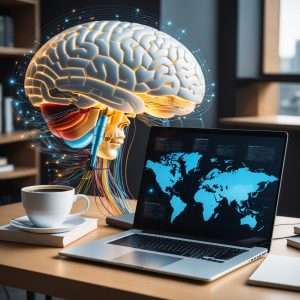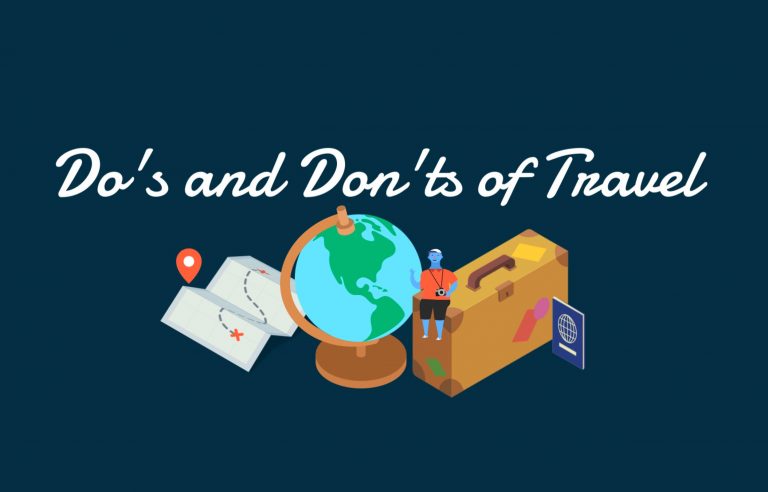Zombie Bunny is Reader-supported and may earn an affiliate commission through links on our site.
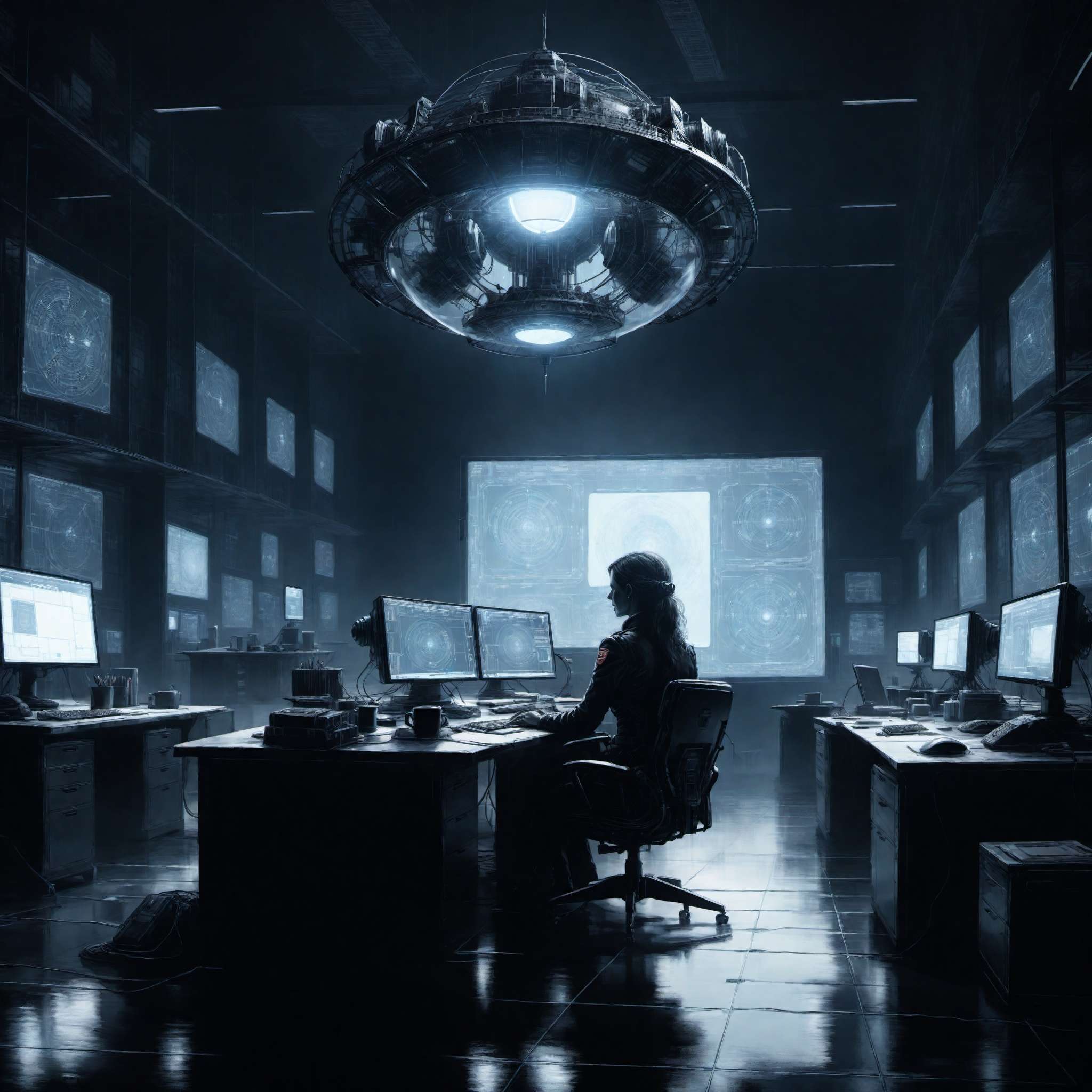
AI and the Future of Work: What You Need to Know
Discover the power of Artificial Intelligence (AI) and its profound impact on various industries in our detailed blog. Learn about AI's role in innovation and workplace efficiency.
Explore the transformative power of Artificial Intelligence (AI) in reshaping our world in this engaging blog. Discover how AI, a subset of computer science, enables machines to mimic human intelligence, enhancing our everyday lives and workplace efficiency. Understand the profound impact AI has on various industries, driving innovation and productivity. Learn about the different types of AI and their capabilities. Delve into the science behind AI, including the role of machine learning and data. Address concerns about job displacement and the emergence of new roles due to AI advancement. Examine the skills required in an AI-driven world and how AI is revolutionizing industries such as healthcare, finance, retail, and manufacturing. Understand the potential risks and ethical dilemmas associated with AI and the crucial contribution of governments and organizations in shaping an AI-driven future. This blog is a call to action to embrace AI, adapt, innovate, and harness its power for unprecedented growth and progress.
Introduction: Embracing the AI Revolution
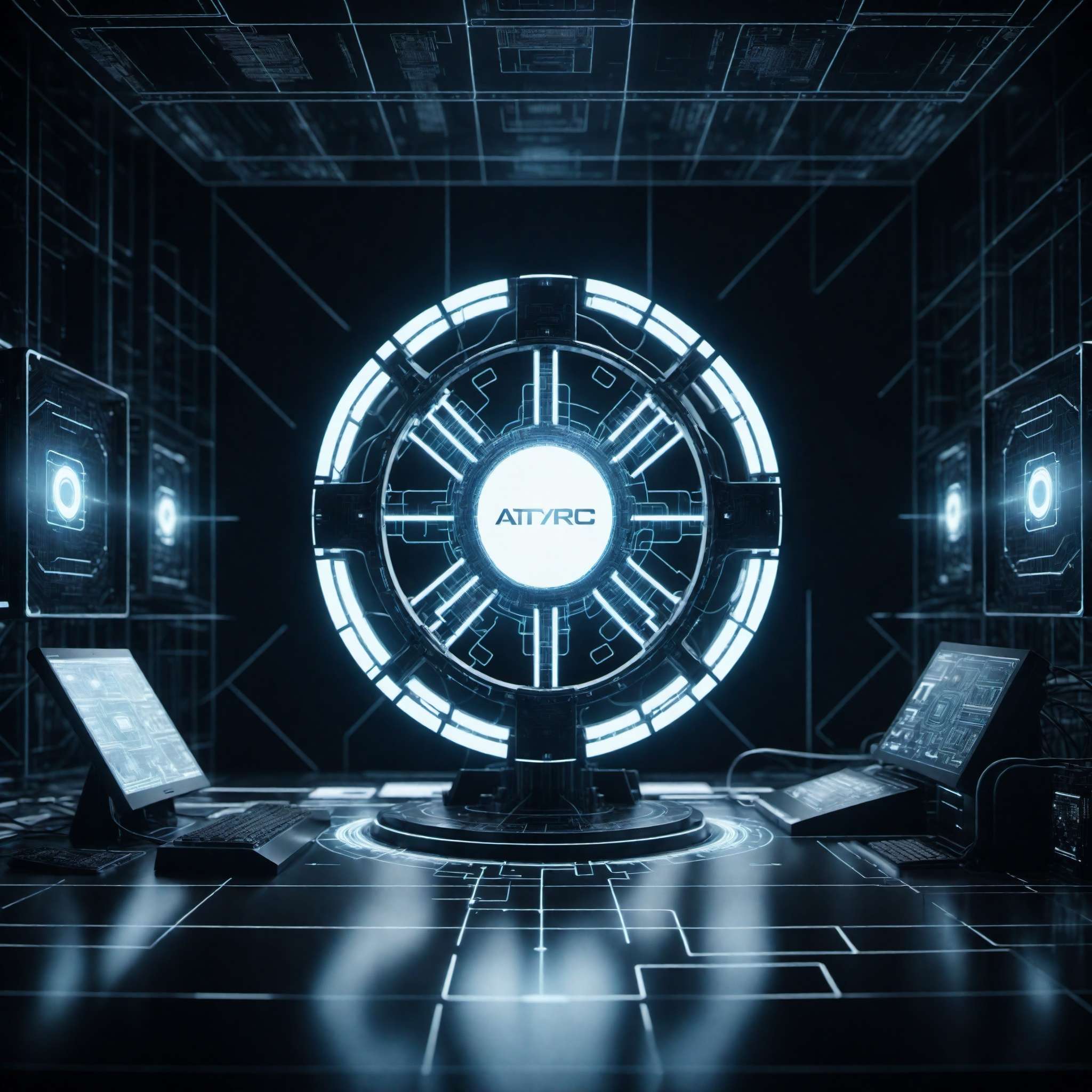
© Copyright , ZombieBunny.Org
Understanding the role of AI
Artificial Intelligence (AI) is transforming our world, reshaping industries and altering how we interact with technology. As a subset of computer science, AI enables machines to mimic human intelligence, performing tasks such as learning, problem-solving, perception, and language translation. This powerful technology is not confined to the realm of science fiction anymore; it’s an integral part of our everyday lives, powering everything from our personal digital assistants to self-driving cars.
The role of AI extends beyond simple automation. It’s about augmenting human capabilities, making us more efficient, and uncovering insights from vast amounts of data that would be virtually impossible for humans to process otherwise. It’s crucial to acknowledge that the AI revolution isn’t about machines taking over; it’s about leveraging technology to enhance human potential. This understanding is vital as we delve deep into the impact of AI on the future of work.
AI’s impact on our daily lives
The impact of Artificial Intelligence (AI) on our daily lives is profound and far-reaching. From personalized content on streaming platforms to predictive text functionality on smartphones, AI is subtly enhancing our lives in ways we barely notice. It’s like a silent partner, working in the background to streamline our experiences and make our interactions with technology more intuitive and efficient.
In the workplace, AI is driving productivity and innovation. It is automating repetitive tasks, freeing up time for employees to focus on more strategic, thought-intensive tasks. AI-powered predictive analytics are helping businesses make informed decisions, enhancing customer experiences, and even predicting market trends. It’s clear that the influence of AI extends beyond the workplace, permeating every aspect of our modern lives. Understanding this pervasive impact of AI helps us foresee its role in shaping the future of work.
Expectations for the AI revolution
The AI revolution is not a distant future event, it’s happening now, and it’s reshaping the way we work, interact, and innovate. As industries and organizations harness the power of AI, we can anticipate a surge in efficiency, productivity, and creativity. AI is expected to automate mundane tasks, leaving humans with more time for strategic thinking and creative problem-solving.
However, it’s not just about automation. The AI revolution also promises unprecedented advancements in data analysis, predictive capabilities, and personalized experiences. With AI, businesses will be able to anticipate customer needs, make data-driven decisions, and respond to market changes swiftly. On a personal level, AI will enhance our interactions with technology, making them more intuitive and seamless. As we embrace the AI revolution, we should anticipate not just changes in work processes, but a complete transformation in how we live, work, and innovate.
Mechanics of AI: How It Works

© Copyright , ZombieBunny.Org
Overview of AI technology
Artificial Intelligence (AI) technology is a broad field that encompasses several disciplines and methodologies. At its core, AI is about creating systems that can perform tasks that would usually require human intelligence. These tasks include learning from experience, understanding natural language, recognizing patterns, and making decisions.
There are two broad types of AI: Narrow AI, designed to perform a specific task such as voice recognition, and General AI, which can theoretically perform any intellectual task that a human being can. Today, the AI technology that we interact with daily, like recommendation systems on streaming platforms or voice assistants on our smartphones, is all Narrow AI. It’s designed for a particular purpose and operates under a limited pre-defined range. As we explore the workings of AI, it’s essential to understand these distinctions and the capabilities of current AI technology.
The science behind AI
The science that powers Artificial Intelligence (AI) is a blend of computer science, mathematics, cognitive psychology, and even philosophy. AI operates on algorithms – sets of rules or procedures that the AI system follows to solve problems or accomplish tasks. These algorithms can learn and adapt over time through a process called machine learning, a significant branch of AI.
AI also relies heavily on data. The more data an AI system has access to, the better it can learn, adapt, and make accurate predictions. This data-driven learning is the foundation of deep learning, a subset of machine learning that uses neural networks with several layers (hence ‘deep’) to analyze complex patterns in large amounts of data. As we delve into the science behind AI, it’s clear that this technology is a testament to human ingenuity and our quest for creating intelligent systems.
AI and machine learning
Artificial Intelligence (AI) and Machine Learning (ML) are two terms often used interchangeably, yet they are not the same. AI is the broader concept of machines being able to carry out tasks in a way that we would consider “smart,” while ML is a current application of AI based around the notion that we should let machines learn from data.
Machine learning is the process by which an AI system learns from the data it is given, progressively improving its performance on specific tasks. This process is not explicitly programmed by humans, but rather, the system learns from experience. The more data the system is exposed to, the better it gets at recognizing patterns and making predictions.
In essence, machine learning is the driving force behind the advancement of AI technology. It’s the reason why our AI-powered tools and devices seem to get “smarter” over time.
AI’s Impact on the Workforce: Threat or Opportunity?
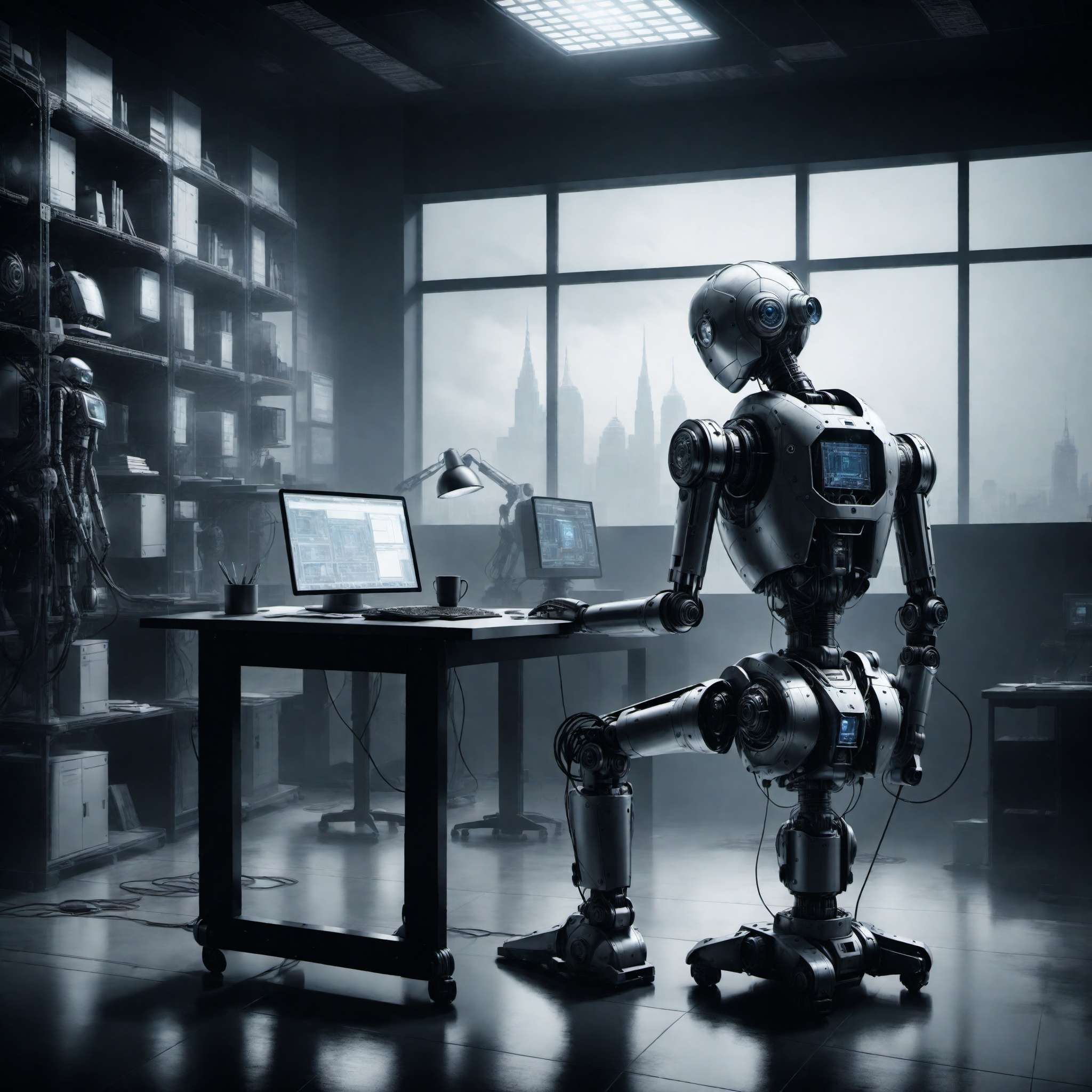
© Copyright , ZombieBunny.Org
AI, automation and job displacement
One of the most significant concerns about the rise of Artificial Intelligence (AI) revolves around job displacement. There’s no denying that AI and automation are changing the job market, with certain roles and tasks becoming obsolete due to technological advancements. Routine tasks that don’t require critical thinking or creativity are particularly at risk of automation.
However, it’s essential to understand that while AI may render some jobs obsolete, it also creates new roles and opportunities. In many cases, AI doesn’t eliminate jobs; it changes the nature of jobs. It removes the repetitive, mundane aspects of work, allowing humans to focus on complex, creative tasks that machines can’t replicate. While the fear of job displacement is valid, it’s equally important to acknowledge the transformative potential of AI in creating a more efficient, innovative, and diverse workforce.
New job opportunities created by AI
While it’s true that Artificial Intelligence (AI) may automate certain jobs, it’s equally true that AI is creating new job opportunities that didn’t exist before. As AI continues to evolve, we’re seeing a surge in demand for roles like AI Specialist, Data Analyst, Machine Learning Engineer, and Robotics Scientist. These are roles centered around developing, maintaining, and improving AI systems.
Beyond technical roles, AI is also creating opportunities in fields like law, human resources, marketing, and customer service, where AI applications are used for tasks such as data analysis, talent acquisition, customer engagement, and market research. The emergence of these new roles underscores the transformative potential of AI in the job market.
We’re witnessing a shift in the job market dynamics where the demand is high for jobs that require complex problem-solving, strategic thinking, and creativity – skills that AI is yet to replicate. This shift signifies the unparalleled opportunities created by AI.
Skills needed for an AI-driven world
As the world becomes increasingly AI-driven, the skills needed in the workplace are rapidly evolving. Technical skills related to AI, data analysis, and machine learning are in high demand. But that’s just one part of the equation. As AI takes over routine tasks, the human workforce’s value lies in skills that AI cannot replicate.
Critical thinking, strategic decision-making, creativity, emotional intelligence, and the ability to collaborate effectively are becoming highly valuable in an AI-driven world. These are skills that machines can’t replicate – abilities that are distinctly human.
Furthermore, adaptability and lifelong learning are crucial. As technology evolves, the ability to learn new tools, adapt to new processes, and navigate change becomes critical. In an AI-driven world, the most valuable workers will be those who can leverage AI to augment their uniquely human skills and continue to learn and adapt in an ever-evolving technological landscape.
AI in Action: Case Studies of AI in the Workplace
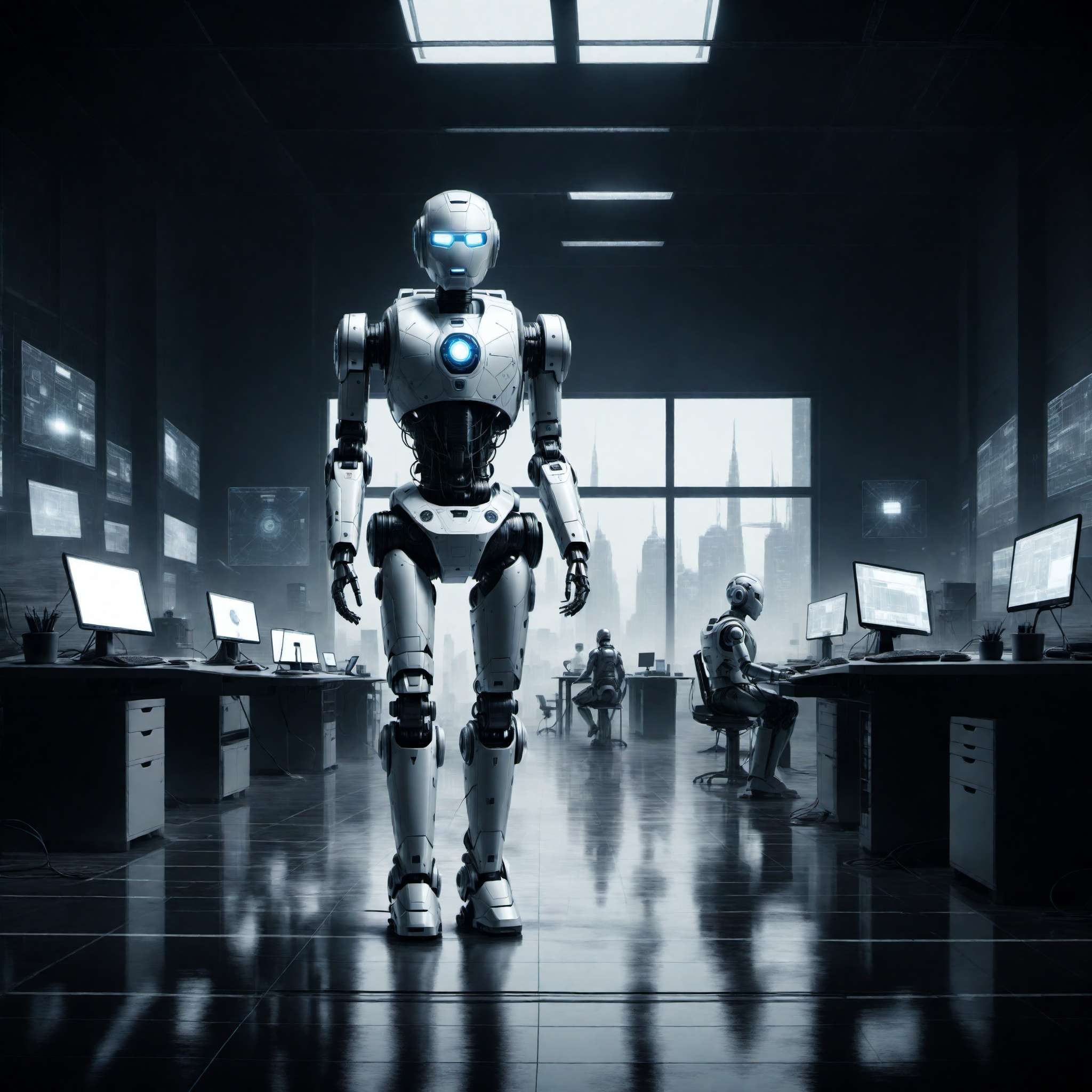
© Copyright , ZombieBunny.Org
AI transforming various industries
Artificial Intelligence (AI) is transforming a wide range of industries, from healthcare to finance, retail to manufacturing. In healthcare, AI algorithms are used to detect diseases and analyze patient data. In finance, AI-powered systems are streamlining processes, detecting fraud, and personalizing customer services. In retail, AI is reshaping the shopping experience with personalized recommendations and virtual shopping assistants. In manufacturing, AI is used for predictive maintenance, quality control, and process optimization.
These transformations are just the tip of the iceberg. AI is not just changing the way companies operate; it’s creating entirely new business models. It’s fostering innovation, driving efficiency, and enabling companies to offer more personalized, customer-centric services. As we delve into case studies of AI in the workplace, it becomes clear that AI’s transformative power extends across industries, redefining the way we do business and paving the way for unprecedented growth and innovation.
Success stories of AI implementation
There are numerous success stories of companies leveraging Artificial Intelligence (AI) to drive growth, innovation, and efficiency. For instance, Google uses AI in its search algorithms, voice recognition, and self-driving cars. Netflix uses AI to personalize recommendations, enhancing user experience and increasing viewer engagement. In healthcare, companies like Zebra Medical Vision use AI for early disease detection, dramatically improving patient outcomes.
In retail, Amazon uses AI for everything from product recommendations to warehouse automation, ensuring efficiency and a superior customer experience. These are just a few examples of how companies across industries are utilizing AI to drive growth and innovation.
These success stories highlight the potential of AI not just as a tool for automation, but as a significant driver of business growth, innovation, and competitive advantage. They underscore the transformative power of AI when implemented strategically and thoughtfully.
Potential risks and failures of AI
While the benefits of Artificial Intelligence (AI) are undeniable, it’s equally important to acknowledge the potential risks and failures associated with AI. These can range from technical issues like algorithmic bias and data privacy concerns to broader societal implications like job displacement and ethical dilemmas.
Algorithmic bias occurs when an AI system reflects the biases of its human creators or the data it was trained on, leading to unfair or discriminatory outcomes. Data privacy is another significant concern, given that AI systems often rely on large amounts of personal data. The potential for job displacement, especially in roles involving routine tasks, is another widely discussed risk.
Moreover, there are ethical dilemmas to consider, such as the decision-making process in AI systems and the lack of transparency or ‘explainability’ in some AI models. As we harness the power of AI, it’s crucial to navigate these challenges thoughtfully to ensure fair, ethical, and responsible use of this powerful technology.
Conclusion: Navigating the Future of Work with AI

© Copyright , ZombieBunny.Org
Preparing for an AI-driven future
Preparing for an AI-driven future is not just about acquiring technical skills or implementing AI in businesses. It’s about embracing a new way of thinking, a new approach to problem-solving, and a new perspective on human-machine collaboration. It’s about recognizing the potential of AI to augment human capabilities and using it to drive innovation, efficiency, and growth.
Education and re-skilling play a critical role in preparing for an AI-driven future. As AI transforms the job market, there’s a growing demand for skills that complement AI, like critical thinking, creativity, and emotional intelligence. Lifelong learning and adaptability become crucial in this rapidly evolving landscape.
On an organizational level, preparing for an AI-driven future involves strategic planning, investment in AI technologies, and fostering a culture of innovation and learning. As we navigate the future of work with AI, it’s essential to remember that AI is not a replacement for humans, but a tool to augment human potential and drive progress.
The role of governments and organizations
Governments and organizations play a pivotal role in shaping the AI-driven future. Governments need to create policies and regulations that ensure fair, ethical, and responsible use of AI. This includes addressing issues like data privacy, algorithmic bias, and the potential impact of AI on employment. Governments also need to invest in education and training programs to prepare the workforce for the jobs of the future.
Organizations, on the other hand, need to strategically adopt and implement AI. This includes investing in AI technologies, training employees, and fostering a culture of innovation and learning. Organizations also bear the responsibility of using AI ethically and responsibly.
Collaboration between governments, organizations, and educational institutions is crucial to navigate the challenges and harness the opportunities of an AI-driven future. Together, they can create an ecosystem that fosters innovation, promotes fair and ethical use of AI, and prepares individuals and communities for the future of work.
Embracing AI: A call to action
Embracing AI is no longer a choice, but a necessity. AI is transforming the way we live and work, creating unprecedented opportunities for growth, innovation, and progress. But to fully harness the power of AI, we need to be proactive. We need to learn, adapt, and innovate.
This is a call to action for everyone – individuals, businesses, educators, and policymakers. It’s time to take charge of our AI-driven future. Individuals need to embrace lifelong learning and adaptability. Businesses need to invest in AI technologies and foster a culture of innovation. Educators need to equip students with the skills needed in an AI-driven world. Policymakers need to create regulations that ensure fair and ethical use of AI.
Embracing AI is about leveraging technology to augment human potential and drive progress. It’s about creating a future where humans and AI work together, leading to unprecedented growth, innovation, and progress.
Please support our site and purchase something from our store.



